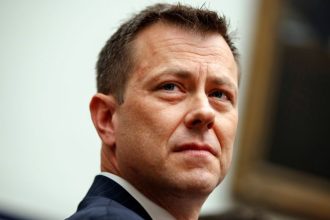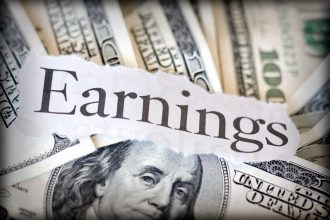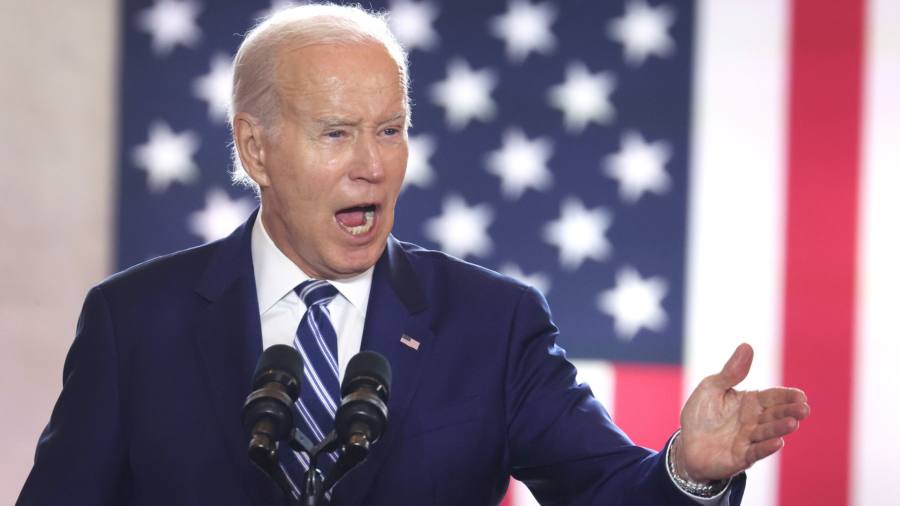Receive free US politics & policy updates
We’ll send you a myFT Daily Digest email rounding up the latest US politics & policy news every morning.
Joe Biden said trillions of dollars of government investments deployed under his watch would restore the “American dream” after decades of failed “trickle-down” politics, in a speech defending his economic record.
Speaking at the Old Post Office in Chicago on Wednesday, the US president said the sweeping legislation he had championed to pump federal money into clean energy, infrastructure and domestic manufacturing was rapidly delivering tangible results for ordinary households and giving the country an edge internationally.
“I’m not here to declare victory on the economy. I’m here to say we have a plan that is turning things around incredibly quickly,” Biden told the audience.
As he heads into what is expected to be a tough re-election battle next year, Biden is grappling with dire poll numbers that show a majority of Americans disapprove of his handling of the economy.
But he said the economic results were unambiguously strong.
“Today, the US has had the highest economic growth among the world’s leading economies since the pandemic. We’ve added over 13 million jobs. More jobs in two years than any president has added in a four-year term,” he said. “And folks, that’s no accident. That’s ‘Bidenomics’ in action.”
Biden spoke to a crowd including JB Pritzker, the Democratic governor of Illinois, and Brandon Johnson, Chicago’s Democratic mayor, in front of large inscriptions hailing Bidenomics, a term the White House has newly embraced.
“I didn’t come up with the name . . . But I now claim it,” Biden said.
The president repeatedly blasted “trickle-down” economic policies espoused by Republicans since Ronald Reagan’s time in office, which is based on low taxes, deregulation and unfettered free trade, and said his model was dramatically different.
“Bidenomics is about the future. Bidenomics is another way of saying restore the American dream, because it worked before,” he said. “It’s rooted in what we’ve always worked best at in this country: investing in America, investing in Americans, because when we invest in our people, we strengthen the middle class.”
The biggest economic problem for Biden since he took office has been inflation, which hit its highest levels in four decades last year before easing. To many voters, that is the most damning legacy of his economic approach.
But Biden stressed that some progress had been made. “Bringing down inflation remains one of my top priorities today. Inflation is less than half what it was a year ago.”
In the room, the reaction was overwhelmingly positive. “I always thought trickle-down economics made no sense,” said Jennifer Aguilar, executive director of the Little Village Chamber of Commerce, a neighbourhood business group in Chicago. “Like the president said, we’ve been waiting to see that money to trickle down to the middle class.”
With the president’s plan, “it’s great that we’re starting in the middle”, she added.
Two Democratic volunteers, Sharad Kumar and Alka Maheshwari, who were there with their four-month-old daughter, said they had bought a Tesla Model 3 in 2021, then used a $7,500 tax credit to purchase a Ford Mustang Mach-E last year, and additional tax credits to install solar panels at their home. The tax breaks were part of the Inflation Reduction Act, Biden’s signature climate and industrial policy law.
Kumar said he wrote to the White House in February thanking the president for his support of electric vehicles and green energy policies, which prompted the invitation to the speech. Biden’s economic policies are having an effect, he said, even if not all voters have noticed.
“The Ford we would not have bought without the IRA tax credit,” he said.
Jayne Vellinga, executive director of Chicago Women in Trades, which advocates for more women in construction, said that her organisation had more than doubled the number of women placed in construction jobs or apprenticeship programmes in the first six months of the year compared with last year. She said the increase came from public investment in infrastructure, which is boosting demand for construction, as well as greater governmental focus on equity.
“This huge investment in public spending and the emphasis the agencies are putting on equity makes this a once-in-a-lifetime opportunity to advance women in the construction trades,” she said.
Read the full article here




